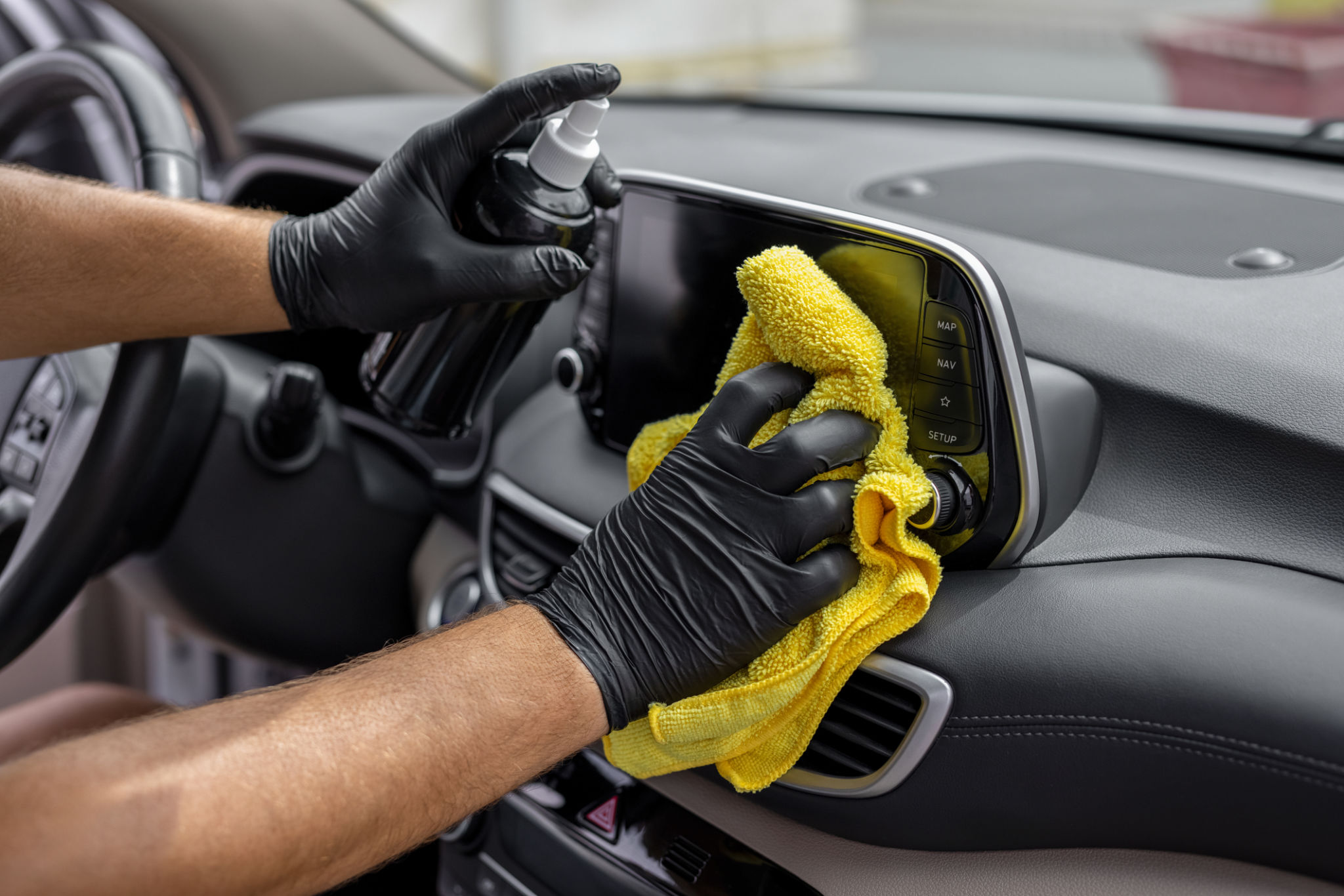The Ultimate Guide to Car Paint Correction: What You Need to Know
Dm
Car enthusiasts and owners alike understand the importance of maintaining a vehicle's aesthetic appeal. One crucial aspect of car maintenance is paint correction, a process that restores the original look of a car's exterior by removing imperfections. If you're looking to enhance your car's appearance, understanding paint correction is essential.

What is Car Paint Correction?
Car paint correction is a meticulous process involving the removal of surface imperfections such as swirl marks, scratches, oxidation, and water spots from a vehicle's paintwork. This process requires specialized tools and compounds to effectively restore the paint's clarity and shine.
The goal is to remove a small amount of clear coat or paint to level the surface, eliminating any defects. This technique can significantly enhance the overall look of your car, making it appear brand new.
Why Paint Correction is Important
Maintaining the exterior of your vehicle goes beyond mere aesthetics. Proper paint correction can also help protect your car from the elements and prevent further damage. By eliminating imperfections, you're lessening the chances of rust and corrosion.

Additionally, a well-maintained exterior can increase your car's resale value. A vehicle with a flawless finish will always be more appealing to potential buyers compared to one with visible scratches and blemishes.
The Paint Correction Process
Step 1: Inspection and Preparation
Before beginning the paint correction process, thoroughly inspect the vehicle to assess its condition. Identifying the types and severity of imperfections will guide the subsequent steps. Wash and decontaminate the car to remove dirt and debris, ensuring a clean surface for correction.
Step 2: Choosing the Right Tools and Products
Selecting the appropriate tools and products is crucial for effective paint correction. You'll need a dual-action polisher, various polishing pads, and high-quality compounds or polishes. It's important to match the products to the type of paint and level of damage on your vehicle.

Step 3: Polishing and Buffing
Begin the polishing process by applying a small amount of compound on the pad and work it into the paint in small sections. Use consistent pressure and overlapping passes to ensure even coverage. Once imperfections are removed, switch to a finer polish for a smooth finish.
Post-Correction Care
After completing the paint correction, it's essential to protect your car's newly restored finish. Applying a high-quality sealant or wax will provide an additional layer of protection against environmental elements and enhance the shine.
Regular maintenance, such as washing and waxing, will help preserve the corrected paint for an extended period. Consider using products specifically designed for maintaining corrected surfaces.
Professional vs. DIY Paint Correction
While some car owners may opt for DIY paint correction, it's important to consider the complexity and skill required for optimal results. Professional services offer expertise, experience, and access to advanced tools that can achieve a superior finish.
If you choose to go the DIY route, make sure you're adequately informed about the process and have the necessary equipment to avoid causing further damage to your vehicle's paintwork.

In conclusion, understanding and investing in car paint correction can significantly enhance your vehicle's appearance and value. Whether you choose to undertake this process yourself or seek professional assistance, ensuring that your car remains in top condition is always a worthwhile endeavor.
